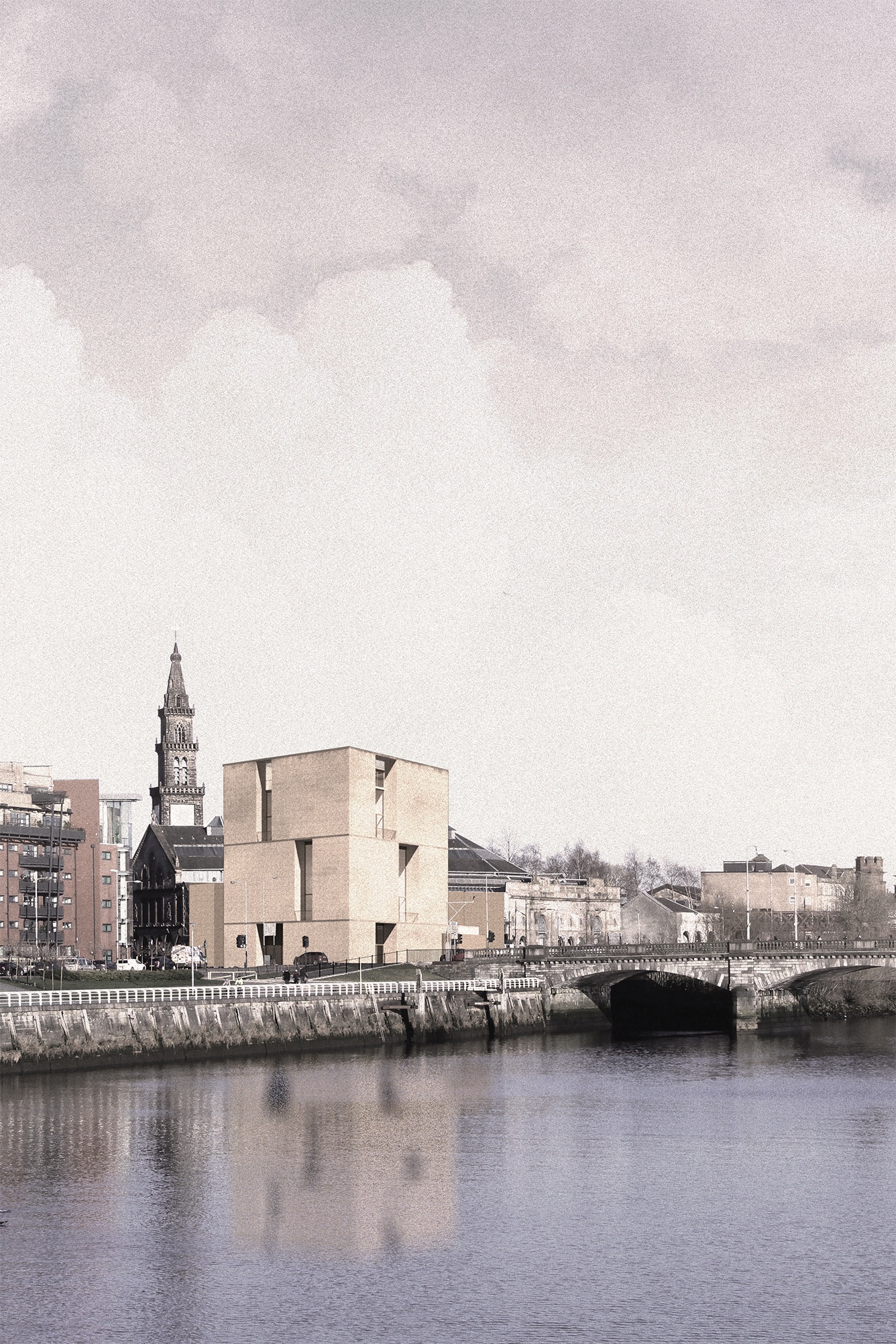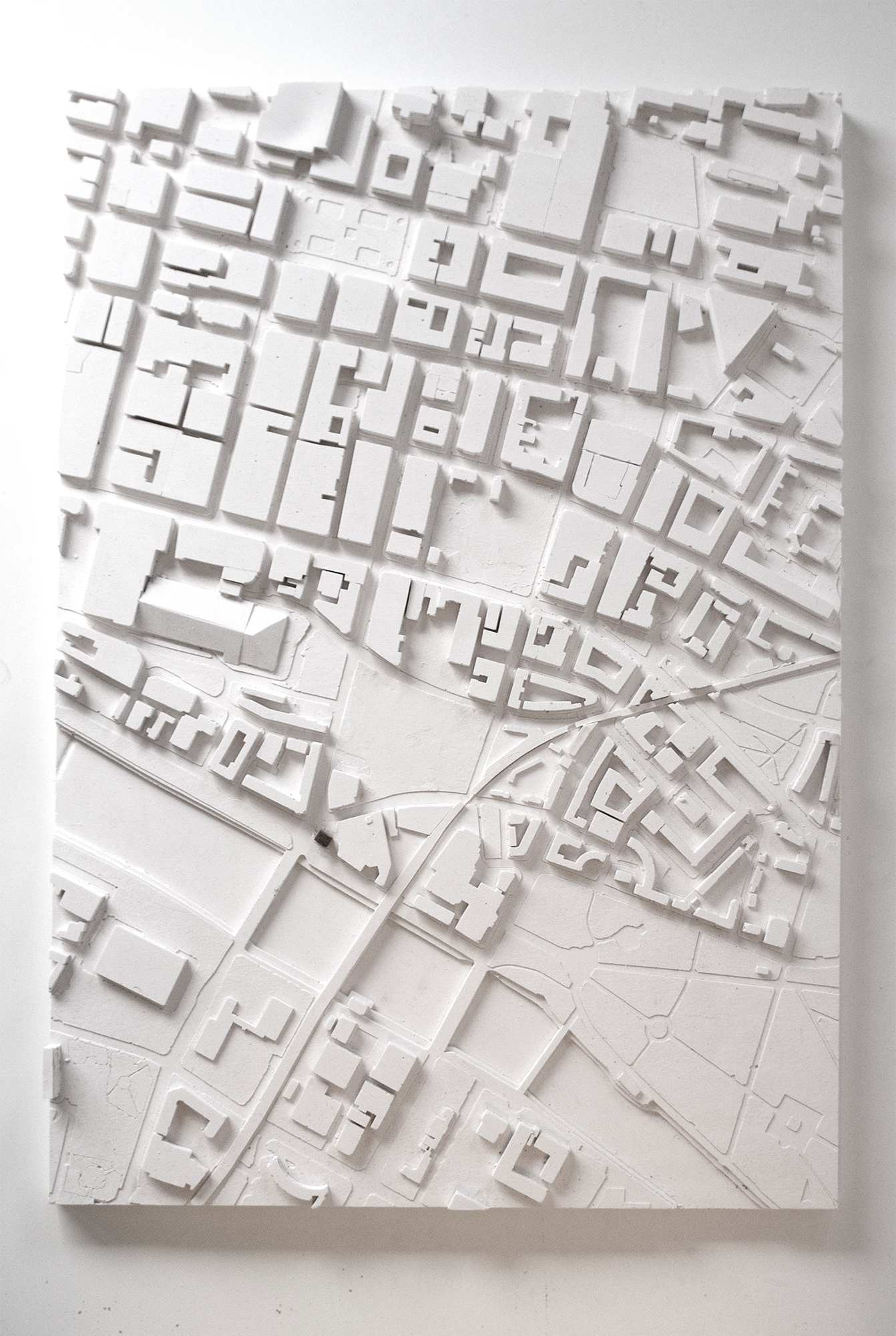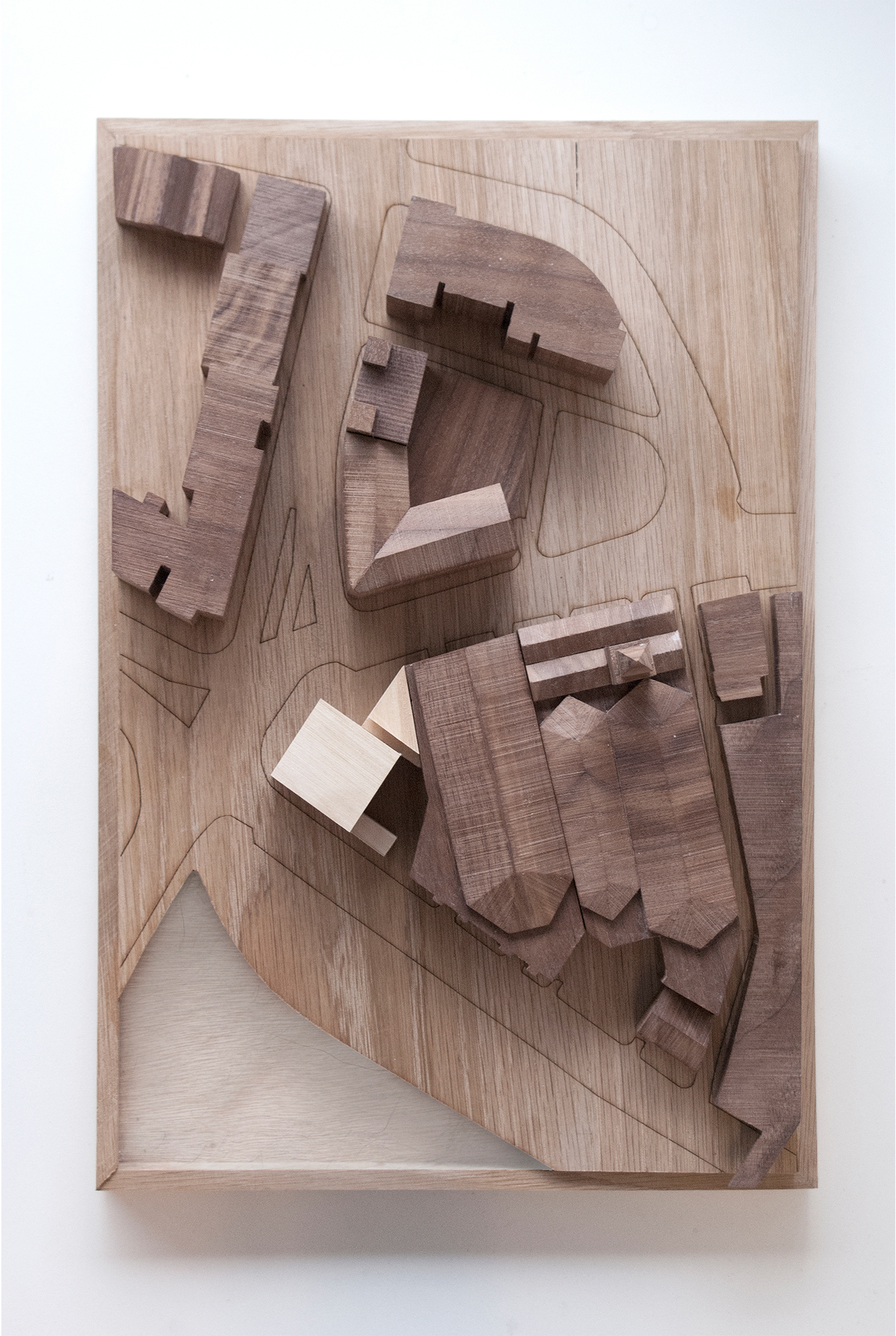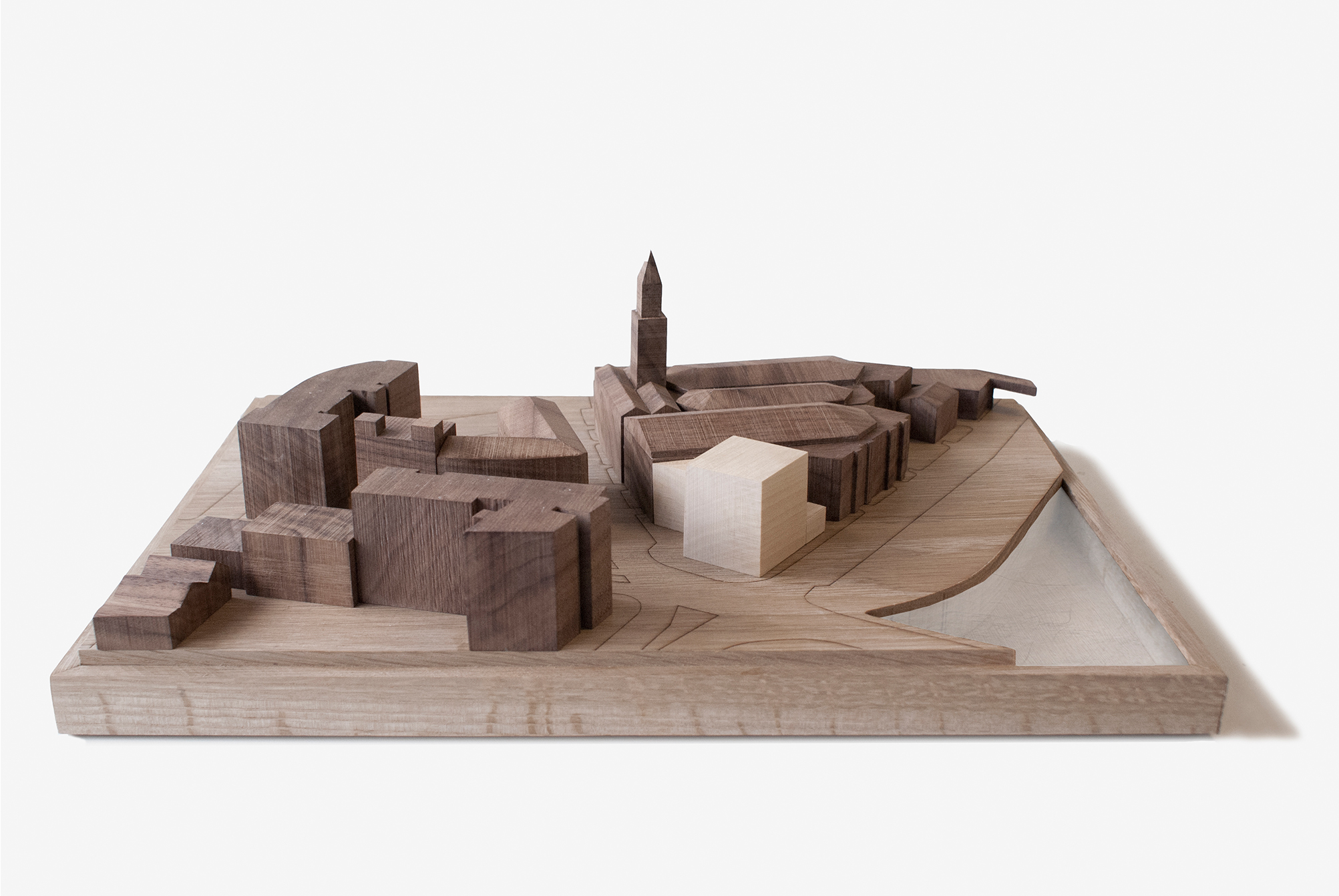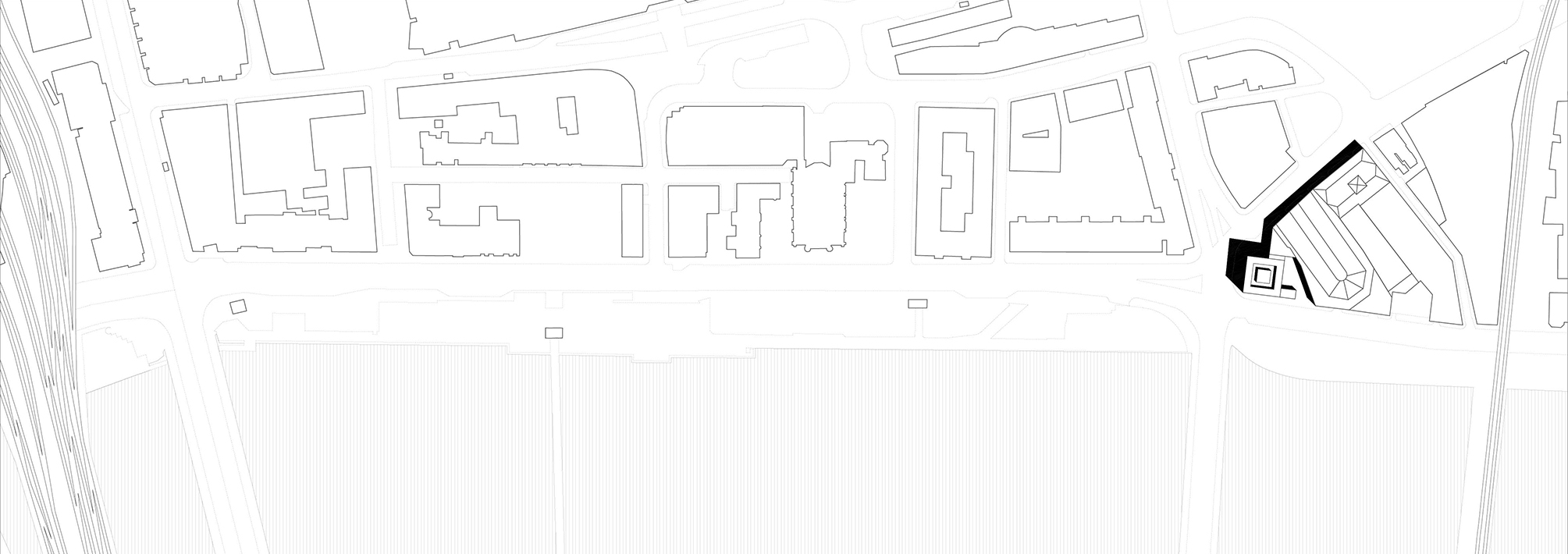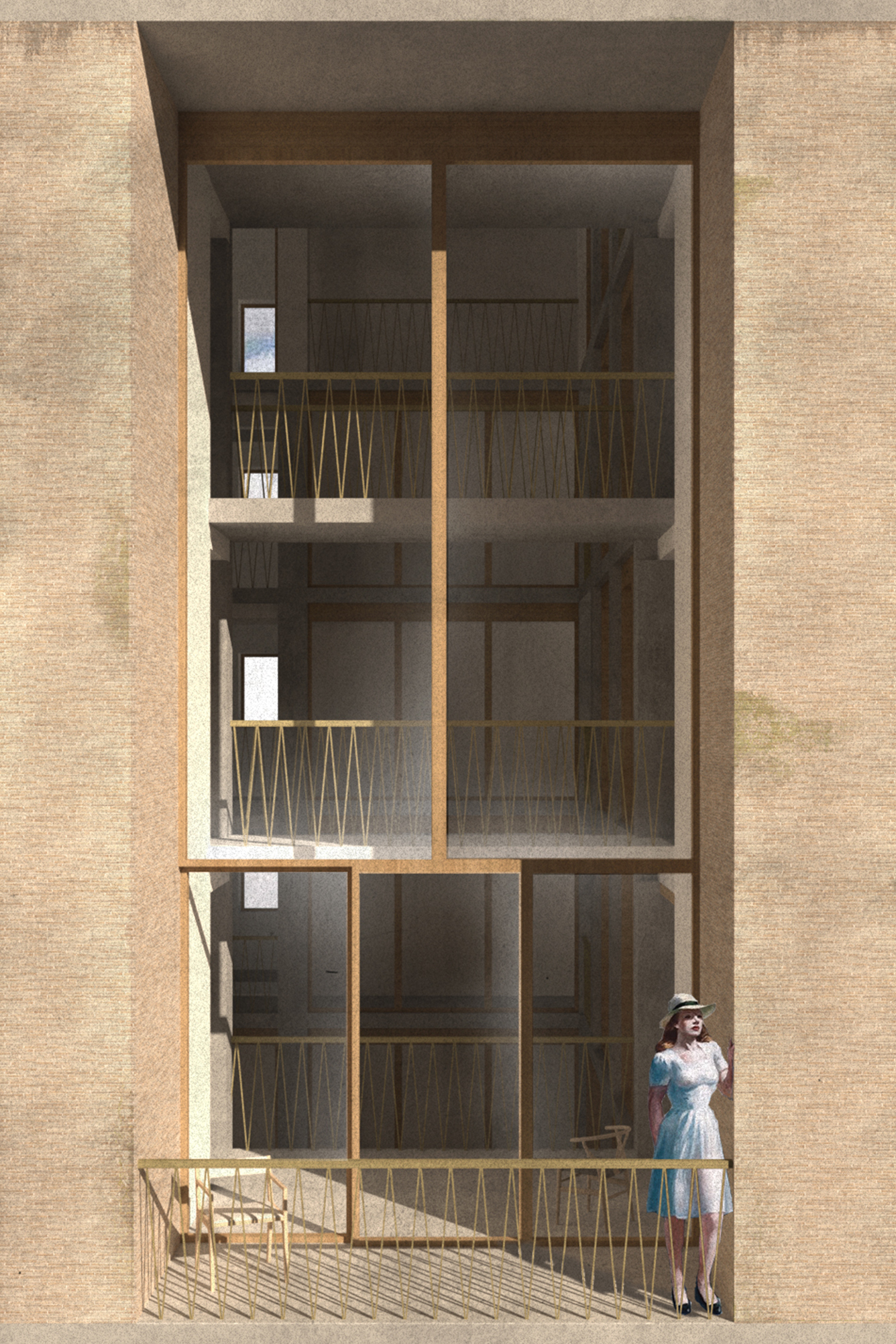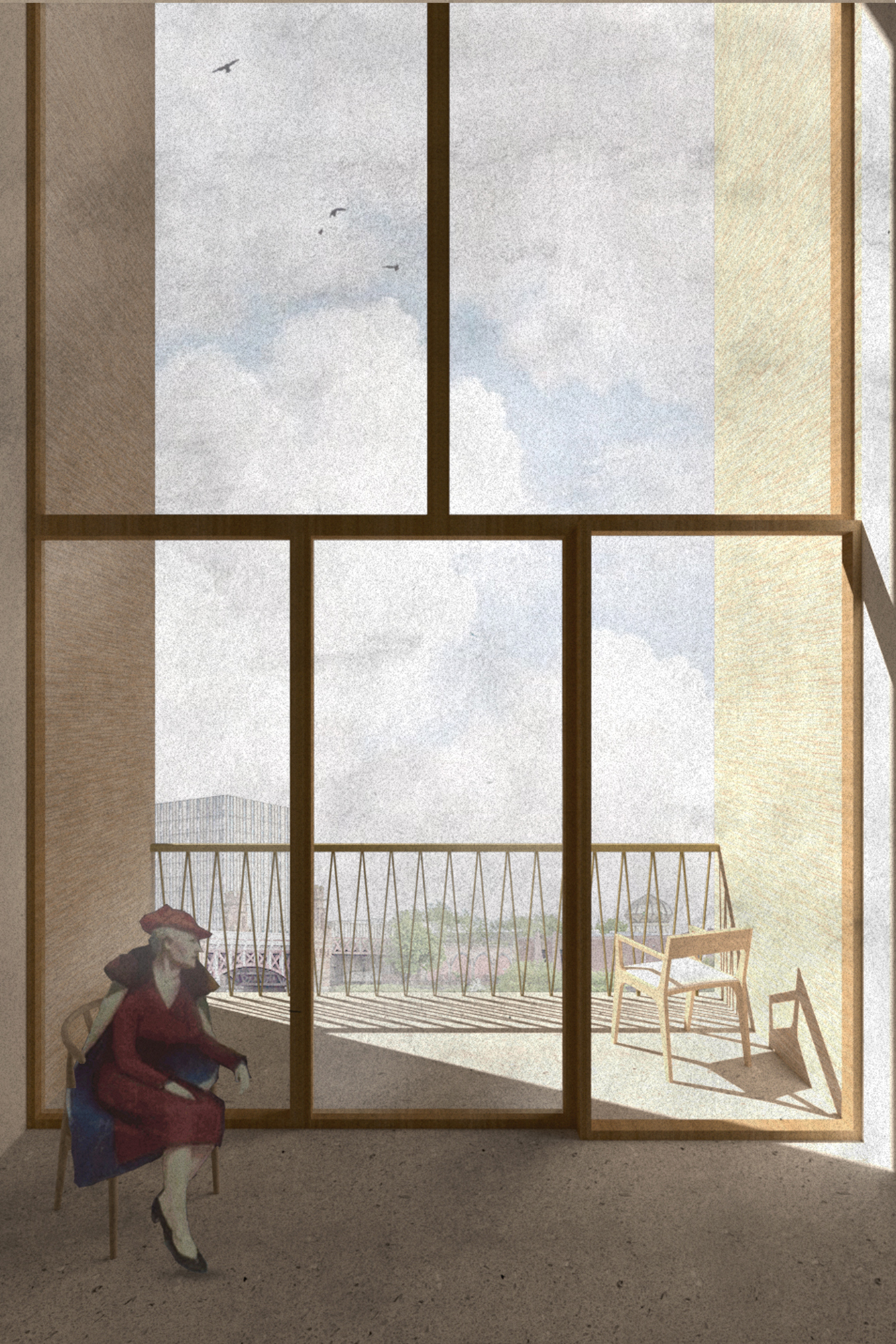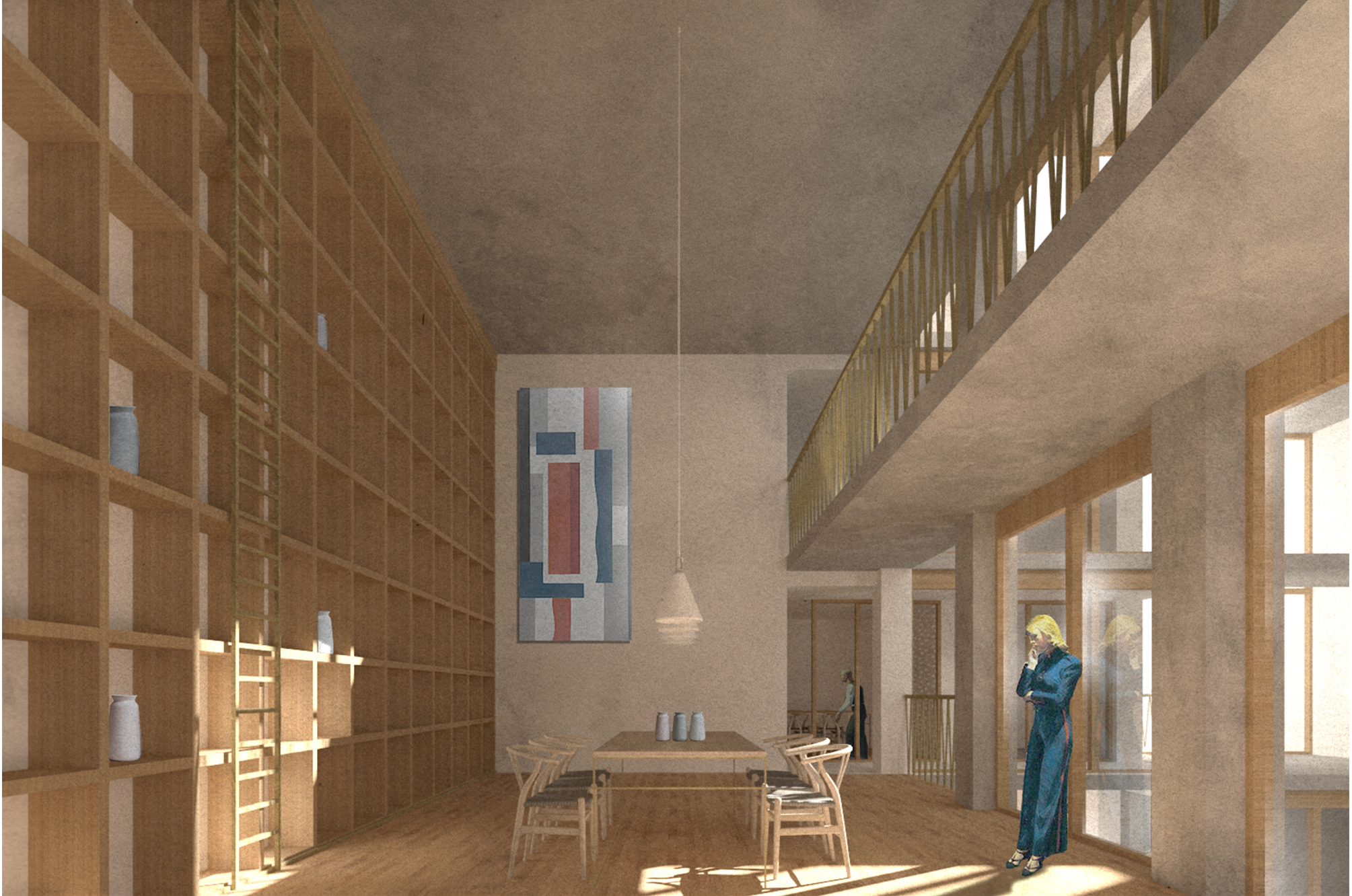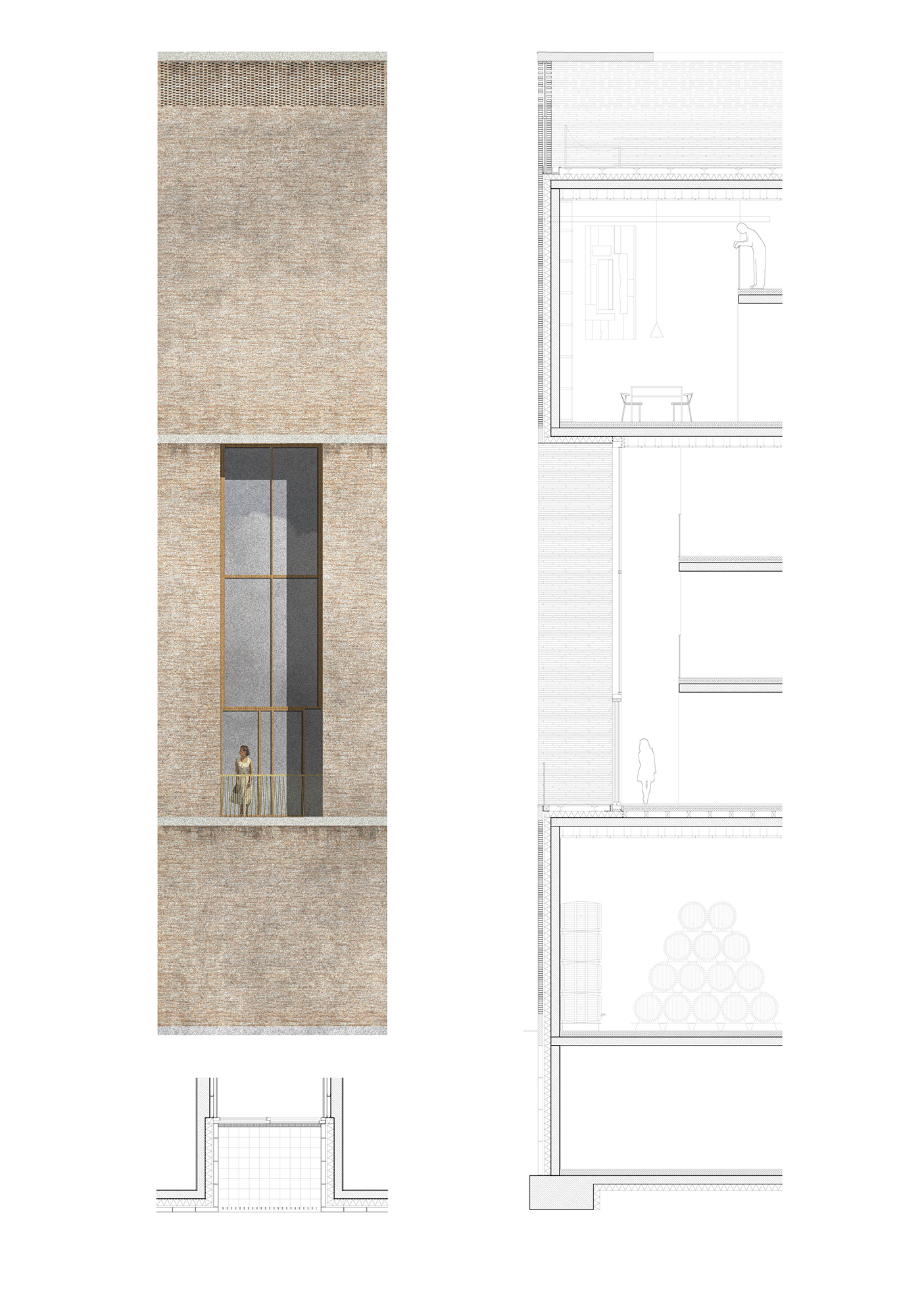Eugenio Cappuccio The culinary cathedral
Food is the most universal and accessible of cultural manifestations, as we all need to eat to live. Like dialect and architecture, food traditions are a main component in the intricate and impulsive system that joins culture and geography into regional character.
The proposal is a building that celebrates the importance of food within our cultural identities and customs. The programme aims to offer insight into the process of food and preparation techniques of cuisine; create a forum for the appreciation and consumption of food, promoting the act of eating as a social activity; and to provide a collection of ingredients and food-related literature to educate and inform people in an interactive manner about specific culinary techniques, ingredients and their provenance.
In ‘Architecture and the City’, Aldo Rossi states that the monument has an autonomous role within the fabric of the city, and it is not the surrounding environment that is needed to understand it. The monument becomes the urban artefact, acting as a reference and a symbol, embodying the specific character of the site in which it finds itself. Its permanence will preserve the memory of its time, independent of its function in the future.
The project therefore seeks to become another landmark within the city centre; an object concretising the locus of its place through a rationalised form that can be seen and recognised from afar; establish a connection with the Briggait, preserving the typological shell of the building but repopulating and adapting the internal space for the proposed programme; and be ambiguous in form yet permanent in matter, allowing it to evolve over time.
Other projects by Eugenio Cappuccio
